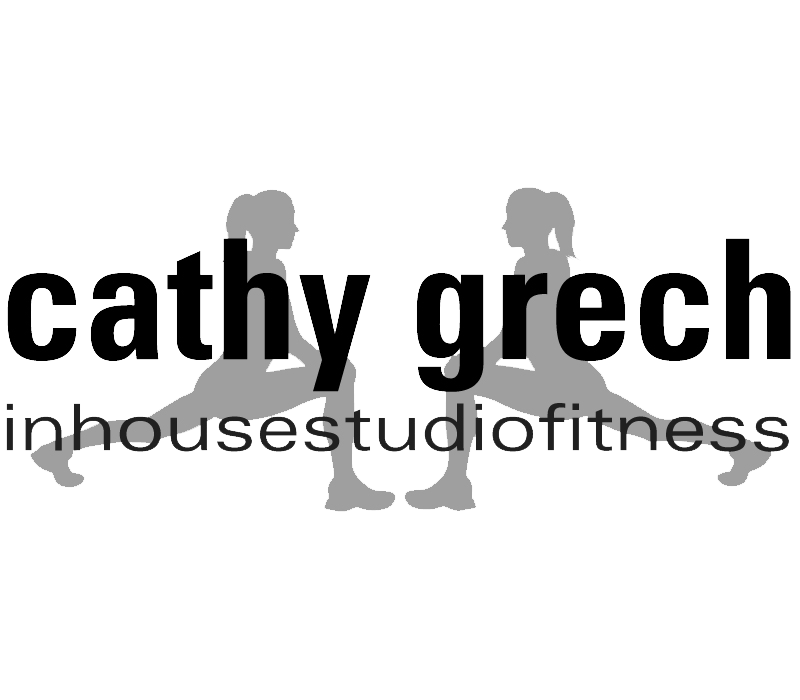Muscle cramps
You know how it goes – you are flying through your workout, lifting weights, mastering burpees, running on the spot like an Olympic athlete, all the while feeling like nothing can stop you. And then a cramp grabs you in your calf muscle and you drop like a sack of potatoes and all thoughts of Olympic glory fall to the floor. Why does this happen and how can you reduce the incidence of muscle cramps.
Let’s look at the science first. Exercise associated muscles cramps (EAMC) are quite common and it doesn’t matter if you are an elite athlete or a recreational attendee at In House Studio Fitness, you can still be susceptible to the clawing pain of cramp. At its most basic, cramp is a temporary but extremely intense and often painful involuntary skeletal muscle contract. The challenge though is that despite all that we know about the human body, the cause of cramp during or soon after exercise is not yet known and many theories can’t sufficiently be proven in a laboratory test situation which means treatment can’t be fully determined either.
What we do know though is that maintaining hydration and healthy electrolyte levels is helpful in reducing the occurrence and the impact of EAMC. This means ensuring you keep hydrated BEFORE you exercise, not just during. And before you go and take out shares in a sports drink company, remember that these beverages are also full of sugar and that most electrolyte replacement occurs during meals so a healthy, balanced diet becomes even more important.
Another theory regarding the cause of exercise-induced muscle cramps is related to neuromuscular fatigue with the hypothesis being that there is some form of electrical misfiring within the body when muscles are overworked or fatigued. While not a proven theory, the fact that stretching the affected muscle assists in resolving the cramp supports the idea of it being a neuromuscular issue.
Although research is not definitive as to how you can reduce or resolve exercise-related cramps, it is worth trying any of the following options and see what works for you:
1. Thorough pre and post exercise stretching to help with your warm up and cool down.
2. Sports massage
3. Acupuncture
4. Drinking pickle juice! OK, so I don’t advocate drinking pickle juice but there is some interest in the theory that compounds in the juice stimulate something in the mouth called ‘transient receptor potential channels”. These channels connect the mouth to your central nervous system and the idea is that stimulating the receptors causes a jolt like reaction down the nerves that disrupts the signals causing a cramp. I think I’d rather have a cramp…..
Find what works for you but if you need help with stretching exercises, let me know and I can take you through some great options that will suit your physical abilities. In the meantime, stay off the pickle juice.
